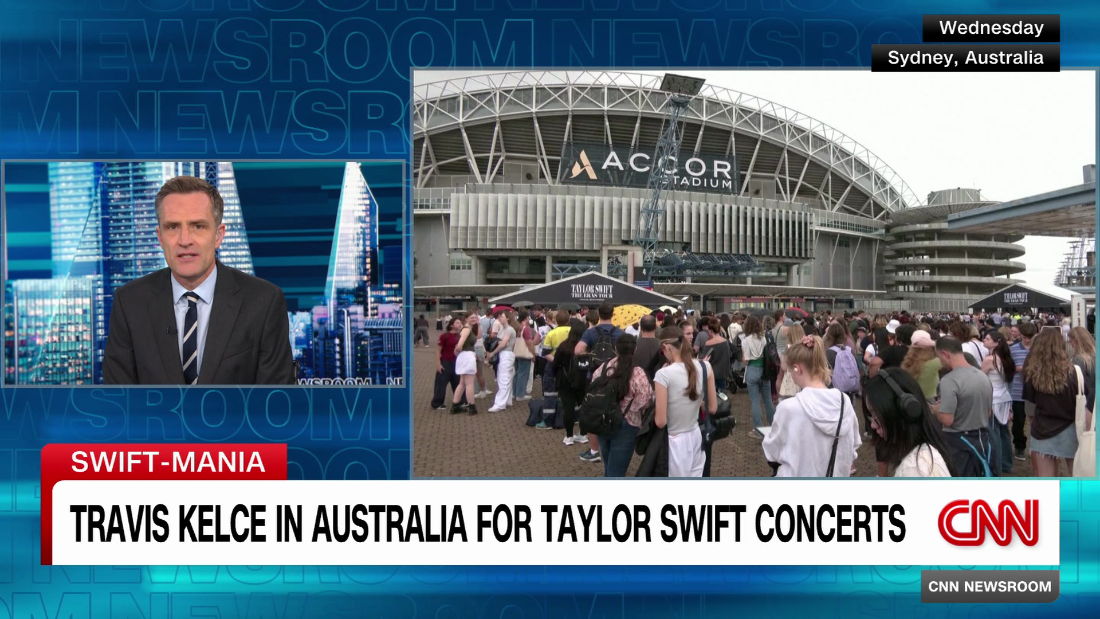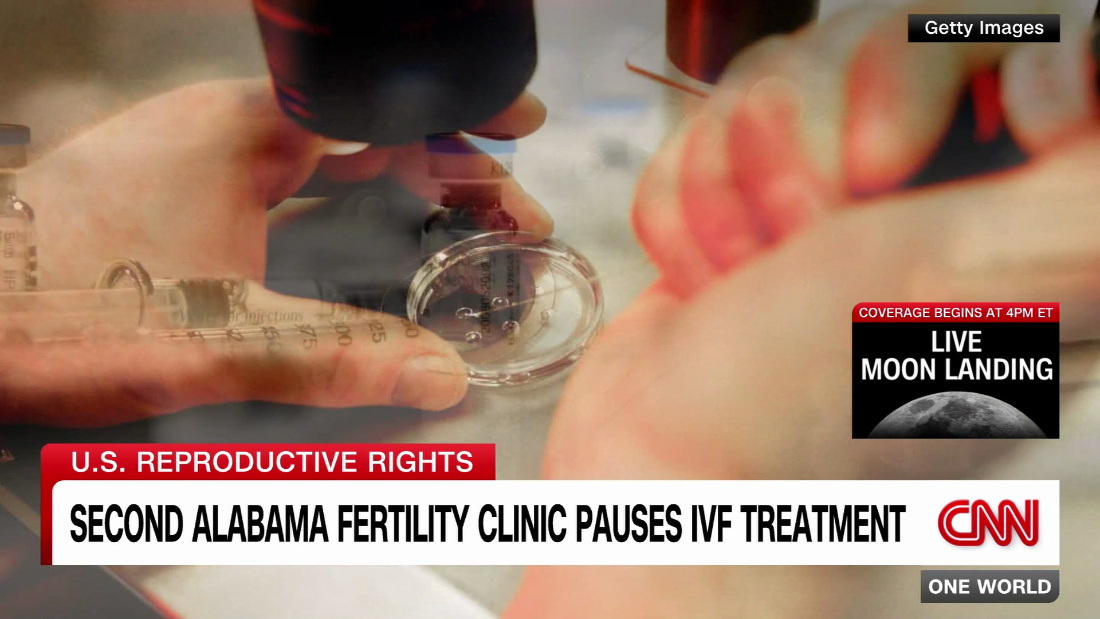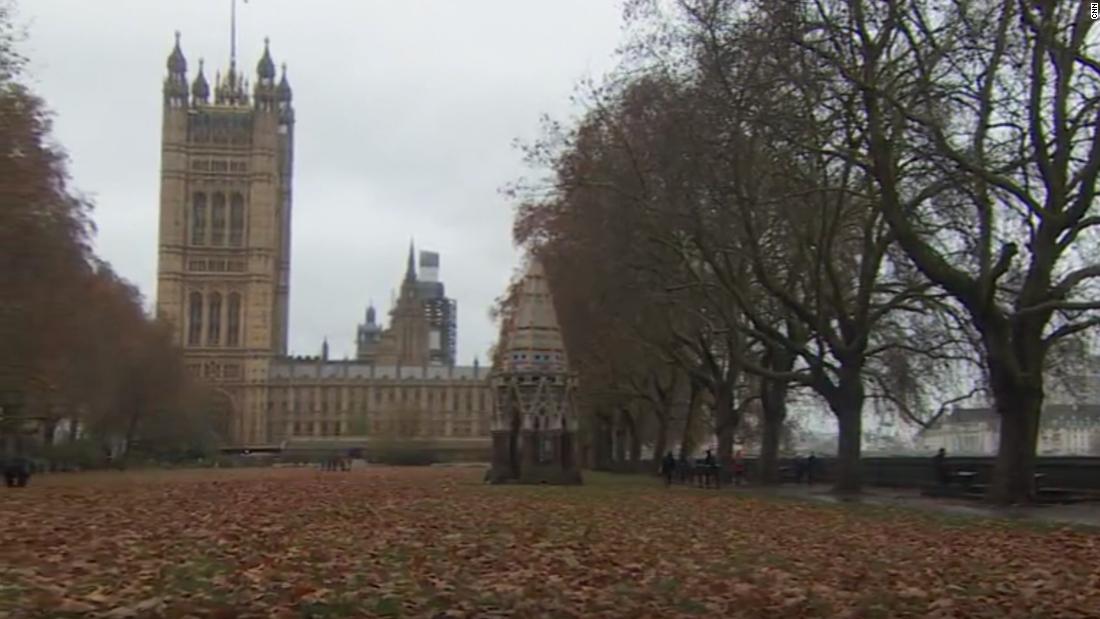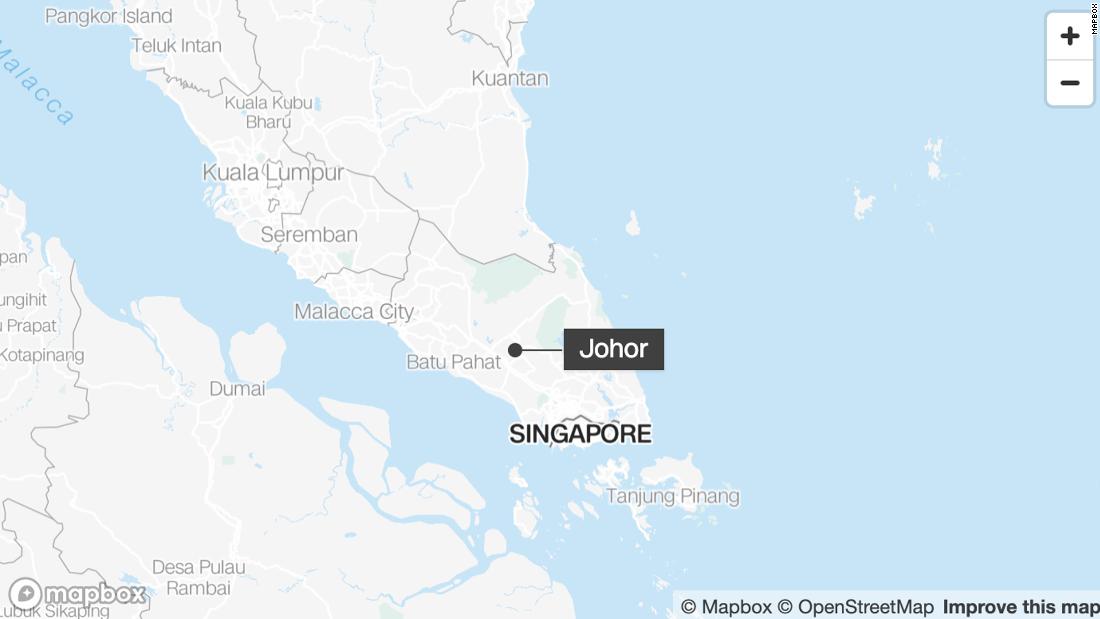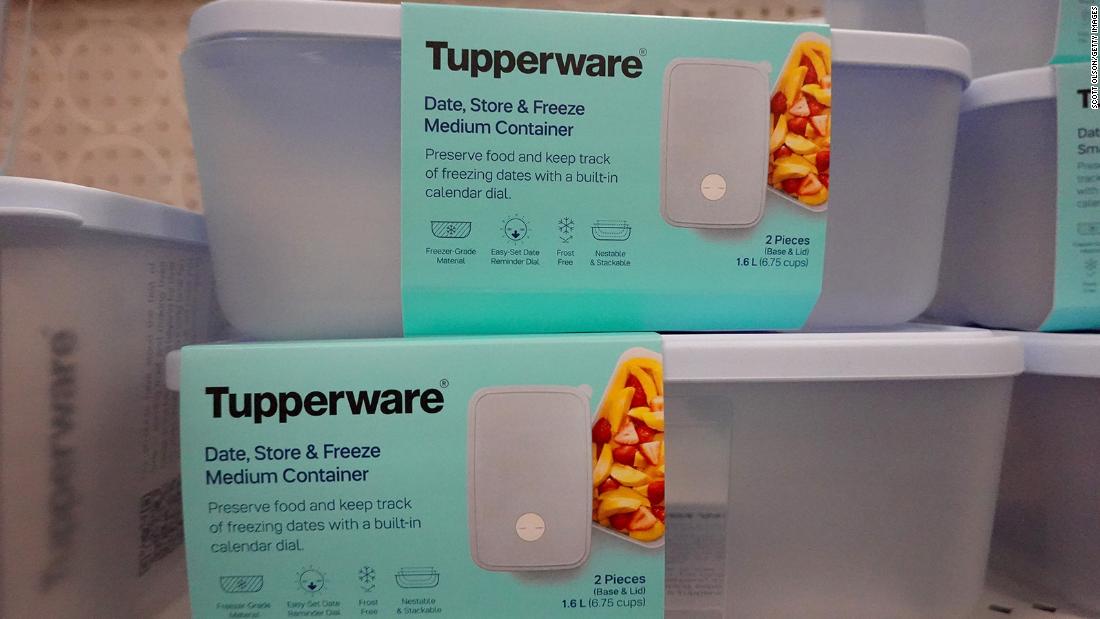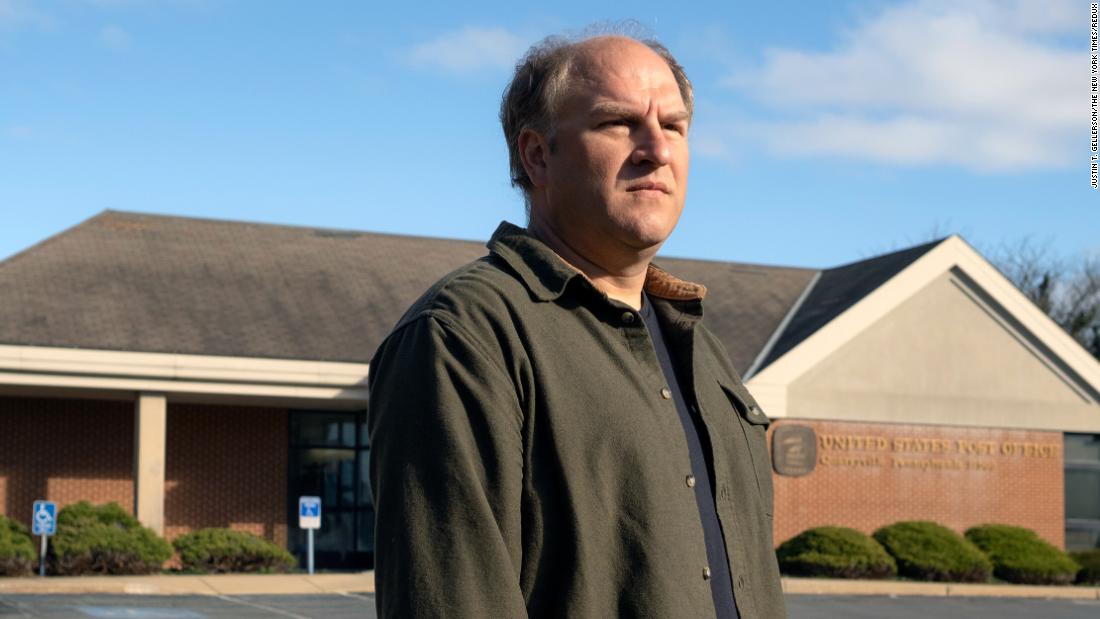THE UK’s worst high streets have been revealed, where up to one in five shops are empty.
Britain’s high streets have been slowly declining amid the cost of living crisis, as banks, restaurants and huge chains all struggle to keep afloat.
Alamy18% of shops in Blackpool are empty[/caption]
A new report from Centre For Cities reveals that Newport, Wales has the highest proportion of empty shops in the UK, with 19% (almost one in five) of all of its shops boarded up.
This is over twice as high as Cambridge and London, which have the lowest rates of shop vacancies in the UK, with just 8.5% and 7.4% of shops vacant.
Bradford, Yorkshire, has the second highest number of shop vacancies, according to the report, with 18% (or one in six) of stores lying empty.
The seaside town of Blackpool has the UK’s third worst high street, according to the data, with 17.6% of shops shut.
The report revealed that the towns and cities with the most shop vacancies have too many shops relative to the population.
For example, in Newport, Wigan and Middlesbrough, there are between 2.5 to 2.9 shops per every 1000 people in the high street’s catchment area.
This is more than double the amount of shops per person than more successful high streets, such as in Brighton and Liverpool, where shop vacancies are below 10%.
The report also highlighted that towns such as Newport and Bradford are close to large cities, with Cardiff and Leeds attracting more shoppers.
Newport and Bradford lose nearly five percent of high street spending to their neighbouring cities, while Birkenhead looses 7.5% to nearby Liverpool.
Additionally, in cities where there is a huge shopping mall outside of the city centre, such as Meadowhall in Sheffield and the Metrocentre, many shoppers choose to spend their money there instead.
According to the report, successful high streets have pivoted away from retail to food, rising to the challenge of online shopping.
For example, in affluent cities such as York and Edinburgh £1 in every £4 is spent on food.
Meanwhile, in Bradford, Stoke and Wigan, this is only £1 in every £10.
Centre for Cities also suggested some changes that the Government should implement to turn the high streets around, including allocating £5 billion of its recently announced £113 billion investment to remake city centres with more office space, improved public realm and more shops.
UK High Street Vacancy Rates
Data: Centre for Cities
Top 10 highest shop vacancy rates:
Newport: 19.0%
Bradford: 18.0%
Blackpool: 17.6%
Basildon: 17.4%
Sunderland: 16.8%
Birkenhead: 16.3%
Stoke: 16.3%
Wigan: 16.3%
Swansea: 15.4%
Southend: 15.4%
Top 10 lowest vacancy rates:
London: 7.4%
Cambridge: 8.5%
Oxford: 9.0%
York: 9.2%
Brighton: 9.2%
Edinburgh: 9.3%
Liverpool: 9.5%
Southampton: 10.0%
Milton Keynes: 10.2%
Peterborough: 10.3%
It also advised building more home in city centre locations and prioritising making city centres attractive to residents over tourists.
Andrew Carter, chief executive of Centre for Cities, said: “The high street has long been the bellwether of the local economy. Shuttered-up shops influence people’s opinions about how successful their areas are.
“Our research shows the high street isn’t failing everywhere. Where it is, the cause is not just cosmetic, it is economic. Policies relating to shopfronts, rents or parking miss the bigger picture.
“City centres that struggle are over-supplied with shops and under-supplied with people. If local residents don’t have money to spend or a reason to be in the centre, high streets suffer – no matter what interventions are made.
“It is possible to revive the fortunes of struggling high streets. But it will require local and national governments to start by fixing the economy, and not just focussing on the high street itself.”
Published: [#item_custom_pubDate]


















